Search Results for 'Roger Casement'
14 results found.
The ghosts of 1916 get up and walk

THERE HAS been much quiet paranoia among the political and arts establishments on the subject of how to mark the centenary of the Easter Rising. The difficulty is the Rising was a revolutionary event to which most of our political class, and your average arts sector salary drawer, are spiritually opposed.
John Hosty, 1916 veteran
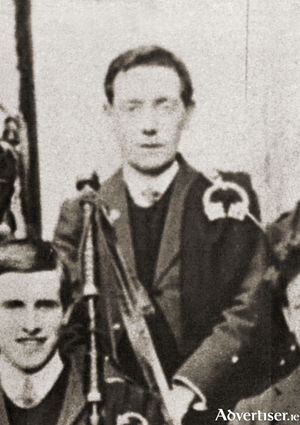
For John Hosty from Shantalla, the ‘physical force’ movement originated some time before 1910 with the publication of The United Irishman, a newspaper which kept a lot of young people from following ‘the constitutional movement’. When the 1913 Oireachtas was held in Galway, Seán McDermott used the occasion to swear in a number of young Galwegians to the IRB, and from then on they did all they could against the Irish Party, including distributing anti-enlisting literature at all hours of the night.
Twentieth Autumn Gathering focused on Yeats’ passionate relationships
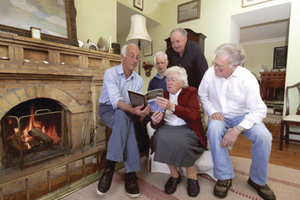
Even though the 20th successive Autumn Gathering centred on the talented Lady Augusta Gregory and her influence on the Celtic cultural revival at the beginning of the last century, it was her prodigy, WB Yeats, who stole the show.
Public talk on Roger Casement and the Irish language
Sir Roger Casement was famous for his humanitarianism and his patriotism, but less well known, was his interest in the Irish language.
‘ Prepared to fight and to die’ for Ireland
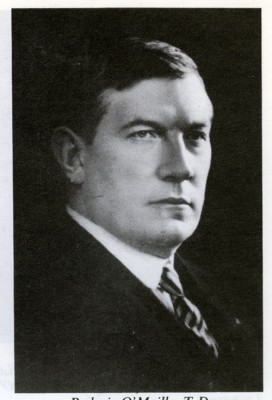
The general election of 1918 was also a plebiscite on the Easter Rising, two years previously. The Rising, and the destruction of the centre of Dublin, had been generally condemned. The Irish Parliamentary Party, under John Redmond, had been inching towards Home Rule; why bother with such violence? The belief was that the men and women of 1916 were brave, if foolhardy. Yet following the prolonged executions of the leaders, the massive round up of participants, and their imprisonment in Britain, a change of attitudes swept the country. This was perfectly illustrated in the election held on a bleak December day 1918. Sinn Féin had fielded candidates in every constituency. The campaign was vigorous and tough.
Galway 1910 - 1923, the changing years
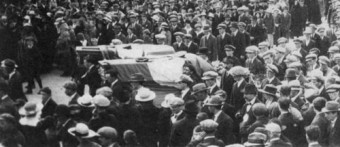
Early in 1916, Pádraic Pearse visited Athenry to discuss plans for the Rising. He wanted the Volunteers to hold the county at the River Suck at Ballinasloe, to capture Galway city, and then, if possible, to march on Dublin. There were several variations of this strategy, but whichever plan was finally agreed, its success depended on the Volunteers receiving modern weaponry. Up to then the men had been rehearsing with shotguns, and sticks. Pearse assured them that small arms, including assault rifles and machine guns, were on their way. They would arrive in Gort, and be distributed from there.
Teaching Irish in Connemara 1907
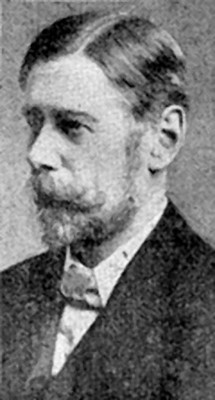
It may sound like a contradiction of terms, but teaching the Irish language in the opening decades of the last century could also be a method of teaching English. Irish was the spoken language in most homes of the west of Ireland, but it was recognised that knowledge of English was essential when emigration was usually the only way a young man or girl could better themselves. It is to the great credit of the Gaelic League, established in 1893 to promote the teaching of Irish in all national schools, that it recognised that fact. The Gaelic League, like its near contemporary the GAA, idealised the culture and way of life of the surviving Gaeltacht areas; and its success was largely due to its understanding that a bilingual approach would best serve everyone’s purposes.
Galway - the most shoneen town in Ireland!

On Tuesday April 26 1916, 95 years ago this week, many people in Galway town were gripped by rumour and hysteria. Rebellion in Dublin had been the sole source of conversation the evening before, but now telegraph lines were cut down, no trains were running, and news that rebellion had broken out in Oranmore, Clarinbridge and Athenry, brought events closer to home. All roads out of the town were considered too dangerous to travel. All shops and factories closed. People stood in small groups discussing the situation. There were fears that the rebels were approaching the town.*
Two men of destiny meet on Tawin Island

In his interesting biography of Eamon de Valera*, Diarmaid Ferriter reports that in December 2000 gardaí seized 24 love letters from de Valera to his young wife Sinéad, which were being advertised for auction by Mealy’s of Castlecomer. It was believed that the letters were stolen in the mid 1970s from the de Valera family home. The owners, who had bought them in England some years previously in an effort to ensure their return to Ireland, were unaware that they had been stolen.
‘Henceforth Irish is to be the language of Tawin’

As letter writers to newspapers know, as soon as you make your point, and satisfied that it is the only salient point worth making, you can be brought back to reality smartly by a riposte! Sir Roger Casement’s letter in the Irish language newspaper An Claidheamh Soluis, in the late summer of 1904, was a hard hitting criticism of the attitude of those parents who favoured that their children learned to speak English, instead of Irish. “The general mass of the Irish speaking parents have kicked the language out of doors.” He fully supported the struggle of the people of Tawin, a small island on the east side of Galway Bay, who had withdrawn their children from the local national school because they wanted their children educated through Irish. As a result the authorities withdrew the schoolmistress, and the school, unused for years, fell into disrepair. They warned the islanders that if they wanted the school to re-open they had to pay for its repair.

